Home>Garden Essentials>How To Make A Lawn Care Contract
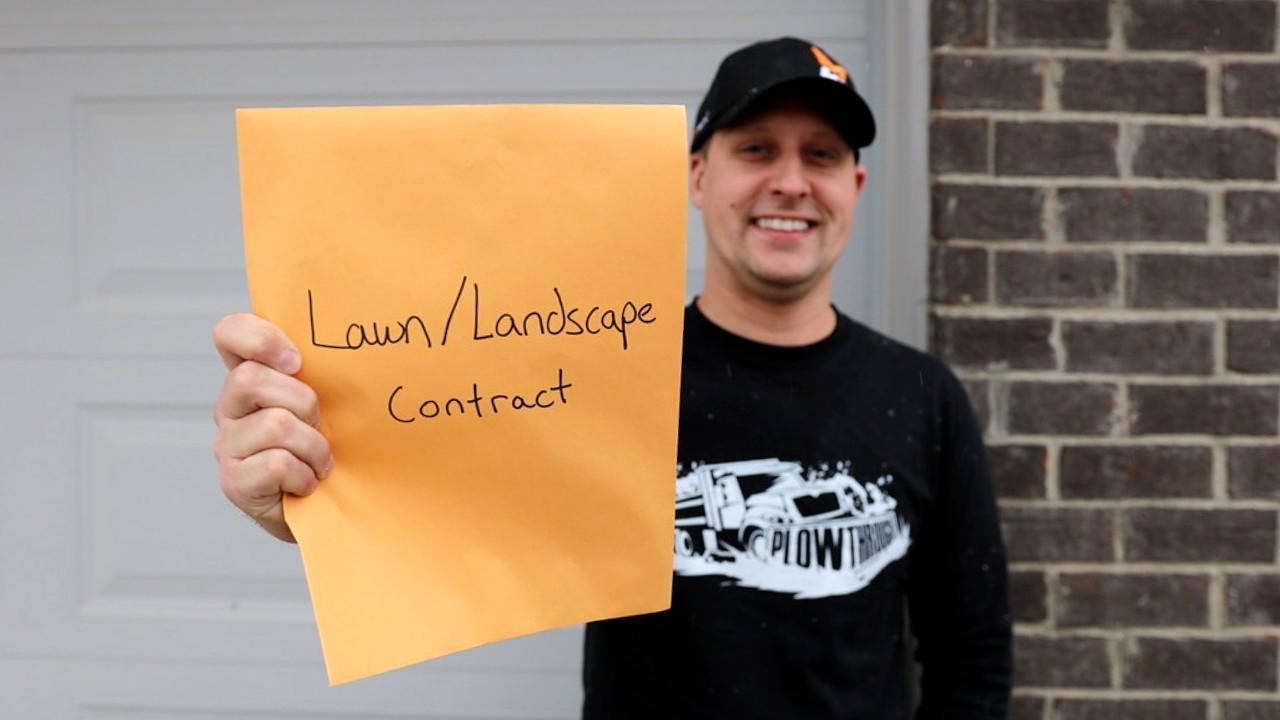

Garden Essentials
How To Make A Lawn Care Contract
Modified: March 7, 2024
Learn how to create a comprehensive lawn care contract that covers all aspects of garden maintenance. Maximize efficiency and ensure a flourishing garden with our step-by-step guide.
(Many of the links in this article redirect to a specific reviewed product. Your purchase of these products through affiliate links helps to generate commission for Storables.com, at no extra cost. Learn more)
Introduction
Creating a lawn care contract is an essential step for both homeowners and lawn care professionals. Whether you are a homeowner looking to hire a professional to maintain your lawn or a lawn care professional offering services to clients, a well-structured contract is crucial for establishing clear expectations, protecting both parties’ interests, and ensuring a successful working relationship.
In this article, we will guide you through the process of creating a comprehensive and effective lawn care contract. By understanding the basics, identifying the parties involved, defining the scope of work, setting terms and conditions, determining pricing and payment arrangements, addressing liability and insurance, and reviewing and finalizing the contract, you will be equipped with the knowledge and tools to draft a contract that meets your needs.
Whether you are a homeowner or a lawn care professional, having a written agreement in place provides a solid foundation for a successful lawn care partnership. It helps to clarify responsibilities, outline the services to be performed, establish timelines, and mitigate any potential disputes or misunderstandings.
For homeowners, a lawn care contract allows you to clearly communicate your expectations and ensure that the services you require are accurately represented. It provides a level of protection and recourse should issues arise during the course of the agreement.
For lawn care professionals, a contract not only helps to set clear parameters for the scope of work, but it also allows you to outline your pricing structure, payment terms, and any additional services that may be offered. It offers protection and ensures that you are compensated fairly for your services.
Remember, a well-drafted lawn care contract should be clear, concise, and easy to understand for both parties. It should cover all the necessary details and provide a roadmap for a successful and mutually beneficial working relationship.
Now, let’s begin the process of creating your lawn care contract. In the next step, we will explore the basics of a lawn care contract and the key elements that should be included.
Key Takeaways:
- Clear and comprehensive lawn care contracts are crucial for homeowners and professionals. They establish expectations, protect both parties, and ensure a successful working relationship.
- Understanding the basics, defining services, setting terms, and addressing liability are key steps in creating a solid lawn care contract. It’s important to be clear, concise, and seek legal advice for compliance.
Read more: How To Make A Contract For Construction
Step 1: Understanding the Basics of a Lawn Care Contract
Before diving into the intricacies of drafting a lawn care contract, it is essential to understand the basic elements that make up such a document. A lawn care contract serves as a legally binding agreement between a homeowner and a lawn care professional, outlining the terms and conditions of the partnership.
Here are some key elements that should be included in a lawn care contract:
- Parties Involved: Clearly identify the homeowner (referred to as the “Client”) and the lawn care professional (referred to as the “Contractor”) at the beginning of the contract. This ensures that both parties understand their roles and responsibilities.
- Services to be Provided: Clearly define the scope of work to be performed by the lawn care professional. This may include regular lawn mowing, fertilization, weed control, insect control, and any other specific services agreed upon.
- Timeline: Specify the start date and duration of the contract. This helps to establish the time frame in which the services will be provided and ensures that both parties have a clear understanding of the duration of the agreement.
- Pricing and Payment: Detail the pricing structure for the services offered. This may include the total cost, frequency of payment (e.g., weekly, monthly), accepted payment methods, and any penalties for late payment or non-payment.
- Termination Clause: Include provisions for terminating the contract by either party. This may include notice periods and conditions under which termination is allowed.
- Insurance and Liability: Address any insurance requirements and liability considerations. It is essential to clarify how liabilities and damages will be addressed in the event of accidents or property damage.
- Dispute Resolution: Establish a mechanism for resolving any disputes that may arise during the course of the contract. This may involve mediation or arbitration to avoid costly legal proceedings.
- Signatures: Ensure that both the homeowner and the lawn care professional sign the contract, indicating their agreement to the terms and conditions outlined.
Understanding these basic elements of a lawn care contract will help you lay the groundwork for creating a comprehensive and effective agreement. In the next step, we will explore how to identify the parties involved in the contract and their respective roles and responsibilities.
Step 2: Identifying the Parties Involved
Identifying the parties involved in a lawn care contract is a crucial step in establishing clear roles and responsibilities. The two main parties involved are the homeowner, also known as the client, and the lawn care professional, also known as the contractor. Let’s explore each party’s role and what should be included in this section of the contract.
1. Homeowner: The homeowner, or the client, is the party who owns the property and is seeking lawn care services. In the contract, the homeowner’s information should be clearly stated, including their full name, address, and contact details. Additionally, it is essential to outline the homeowner’s responsibilities, such as ensuring access to the property, providing necessary information about the lawn’s condition, and any specific requirements or restrictions.
2. Lawn Care Professional: The lawn care professional, or the contractor, is the party responsible for providing the lawn care services outlined in the contract. Their information, including their company name, address, and contact details, should be clearly stated. It is also important to specify the contractor’s qualifications, certifications, and any licenses required to perform the services. This information helps establish the contractor’s credibility and expertise.
By clearly identifying the parties involved and their respective roles, the contract establishes a clear understanding of who is responsible for what. This helps to avoid confusion and ensures that both parties are aware of their obligations and responsibilities.
Furthermore, it is essential to include a clause regarding subcontracting. If the lawn care professional plans to subcontract any part of the work, this should be stated in the contract. It is important to provide details about the subcontractor, their qualifications, and their responsibilities. This ensures transparency and allows the homeowner to make an informed decision.
Remember, accurate and complete identification of the parties involved is crucial for the enforceability and validity of the contract. In the next step, we will delve into defining the scope of work and outlining the specific services to be provided.
Step 3: Defining the Scope of Work
Defining the scope of work is a critical step in creating a lawn care contract. This section outlines the specific services that the lawn care professional will provide to the homeowner. Clearly defining the scope of work helps in establishing expectations and ensures that both parties are on the same page. Here’s what you should include when defining the scope of work in your lawn care contract:
- Lawn Maintenance: Specify the regular lawn care services that will be provided, such as mowing, edging, and trimming. Include details on the frequency of these services, such as weekly or bi-weekly.
- Fertilization: Clearly state if the contract includes the application of fertilizers to promote healthy growth. Indicate the type of fertilizers that will be used and the schedule for application.
- Weed Control: Outline any weed control measures that will be implemented, whether it’s manual weeding, herbicide application, or a combination of both. Specify the frequency and methods used to control weeds.
- Insect Control: If the contract includes pest control services, detail the methods that will be employed to prevent or treat common lawn pests. Indicate whether organic or chemical-based insecticides will be used.
- Plant Health Care: If the contractor will be responsible for maintaining the overall health of plants in the lawn, specify the services to be provided, such as pruning, disease identification and treatment, and monitoring for any nutrient deficiencies.
- Additional Services: If there are any additional services offered, such as aeration, overseeding, or irrigation system maintenance, clearly state them in this section. Outline the details, including the frequency and additional costs if applicable.
It is crucial to be as specific as possible when defining the scope of work. Clearly outline the tasks, methods, and frequency of each service provided. Avoid using vague language that could lead to misinterpretation or misunderstanding. This level of clarity helps to avoid disputes and ensures that both parties are clear on what is expected.
Additionally, incorporating a clause that allows for adjustments or modifications to the scope of work is beneficial. As lawn care needs may change over time, this clause gives the homeowner and the lawn care professional the flexibility to modify the agreement, provided that both parties agree to the changes in writing.
By clearly defining the scope of work, you set the foundation for a successful lawn care contract. In the next step, we will examine how to set the terms and conditions that govern the agreement.
Step 4: Setting the Terms and Conditions
Setting the terms and conditions in a lawn care contract is crucial for establishing clear guidelines and ensuring a mutually beneficial working relationship. This section outlines the rules and obligations that both the homeowner and the lawn care professional must adhere to during the course of the agreement. Here’s what you should include when setting the terms and conditions in your lawn care contract:
- Contract Duration: Specify the duration of the contract, indicating the start date and end date. This helps both parties understand the timeframe in which the services will be provided.
- Renewal and Termination: Clearly state the conditions for contract renewal and termination. Include the notice period required for termination and any penalties or fees for early termination.
- Availability: Outline the days and hours during which the lawn care professional will be available to provide service. This helps manage expectations and ensures that both parties are clear on when the services will be performed.
- Access to Property: Clarify the homeowner’s responsibility to provide access to the property, including any necessary keys or entry codes. Specify any restrictions or requirements for access, such as informing the homeowner in advance of any necessary preparations.
- Weather Conditions: Address how inclement weather will be handled. This may include rescheduling services, providing alternative tasks, or adjusting payment for services that cannot be performed due to weather conditions.
- Equipment and Supplies: Determine who will be responsible for providing the necessary equipment and supplies for the services. Outline any specific requirements or restrictions, such as the use of eco-friendly products or equipment maintenance.
- Client Obligations: Clearly state any obligations or responsibilities of the homeowner, such as keeping the lawn free from obstacles, ensuring access to water sources, informing the lawn care professional of any changes or concerns, and following any specific guidance provided by the lawn care professional.
- Confidentiality: Include a confidentiality clause to protect any sensitive information shared between the homeowner and the lawn care professional during the course of the agreement.
It is essential to review and agree upon the terms and conditions to avoid any misunderstandings or conflicts down the line. Both parties should have a clear understanding of their rights and obligations as outlined in the contract. It is recommended to seek legal advice when establishing the terms and conditions to ensure the contract is legally enforceable and protects the interests of both parties.
Setting clear and fair terms and conditions creates a solid framework for a successful lawn care contract. In the next step, we will explore how to determine the pricing and payment arrangements for the services provided.
Include all necessary details in the lawn care contract, such as services to be provided, schedule, payment terms, and any additional fees or conditions. Be clear and specific to avoid misunderstandings.
Step 5: Determining the Pricing and Payment Arrangements
Determining the pricing and payment arrangements is a critical aspect of any lawn care contract. Both the homeowner and the lawn care professional need to have a clear understanding of how the services will be priced and how payments will be made. Here’s what you should include when determining the pricing and payment arrangements in your lawn care contract:
- Pricing Structure: Clearly outline how the services will be priced, whether it’s a flat rate, an hourly rate, or a per-service rate. Specify the cost for each service, as well as any additional charges for specialized equipment, materials, or extra services.
- Payment Schedule: Establish a payment schedule that outlines when payments are due. This may be weekly, bi-weekly, or monthly. Specify the preferred method of payment, whether it’s cash, check, or electronic transfer.
- Late Payment: Include a clause that addresses late payment, specifying any penalties or fees that may be incurred for payments that are not made on time. This encourages timely payment and helps ensure that both parties adhere to the agreed-upon payment schedule.
- Invoicing and Receipts: Specify how invoices will be provided and how receipts for payments will be issued. This ensures that both parties have a record of the payments made and received.
- Deposit: Determine if a deposit is required before commencing the services. Outline the amount of the deposit and when it is due. This helps protect the lawn care professional’s interests and reserves their time and resources for the homeowner.
- Price Adjustments: Address how price adjustments will be handled, such as cost increases due to inflation or changes in the scope of work. Specify the conditions under which price adjustments can be made and how they will be communicated to the homeowner.
Transparency and clarity in pricing and payment arrangements are essential for maintaining a healthy working relationship. Both parties should have a clear understanding of the costs involved and the expectations for timely payment.
It is highly recommended to have a written agreement for any changes to the pricing or payment arrangements. This ensures that any modifications are documented and agreed upon by both parties.
By determining the pricing and payment arrangements upfront, you establish a fair and transparent financial framework for your lawn care contract. In the next step, we will discuss the inclusion of additional services or addendums, if applicable, in the contract.
Step 6: Including Additional Services or Addendums
Including provisions for additional services or addendums in your lawn care contract allows for flexibility and the possibility of expanding the scope of work beyond the initial agreement. This step is particularly relevant if there are services that may be required periodically or on an as-needed basis. Here’s what you should consider when including additional services or addendums in your lawn care contract:
- Additional Services: If there are specific services that may be needed occasionally but are not part of the regular maintenance, clearly state them in the contract. This may include services like tree trimming, leaf removal, or special landscaping projects. Outline the details of these additional services, such as the frequency, pricing, and any specific requirements.
- Addendums: An addendum is a document that is added to a contract to alter or add terms to the original agreement. If there are any future changes or updates that both parties may anticipate, it is beneficial to include an addendum clause. This allows for modifying the contract without having to create an entirely new agreement.
- Approval Process: Outline the process for approving additional services or addendums. Specify whether written consent from both parties will be required or if verbal agreement is sufficient. Clearly state the timeframe for confirming the additional service or addendum.
- Pricing and Payment: Determine how the pricing and payment arrangements will be established for additional services or addendums. Specify whether there will be a separate pricing structure for these services or if they will be charged on an as-needed basis, and outline the payment schedule.
- Documentation: Emphasize the importance of documenting any agreed-upon additional services or addendums. This ensures that all parties have a clear record of the modifications made and can reference them if conflicts or misunderstandings arise in the future.
By including provisions for additional services or addendums, you allow for flexibility in your lawn care contract. This ensures that both parties have a mechanism in place to address any potential changes or expansions to the initial scope of work.
Remember, clear communication and agreement between both parties are essential when incorporating additional services or addendums. All changes should be documented in writing and signed by both the homeowner and the lawn care professional to ensure the enforceability of the modified contract.
In the next step, we will discuss the importance of addressing liability and insurance in your lawn care contract.
Step 7: Addressing Liability and Insurance
Addressing liability and insurance is a crucial step in your lawn care contract. It helps protect both the homeowner and the lawn care professional from potential risks and ensures that any damages or accidents are appropriately addressed. Here’s what you should consider when addressing liability and insurance in your contract:
- Liability: Clearly define the liabilities and responsibilities of both parties. Outline any limitations of liability and specify under what circumstances each party may be held responsible for damages or injuries.
- Insurance Coverage: Specify the type and amount of insurance coverage that the lawn care professional is required to have. This may include general liability insurance, worker’s compensation insurance, or any other necessary coverage.
- Indemnification: Include an indemnification clause that holds both parties harmless for any claims, damages, or losses arising from the services provided. This clause helps protect both the homeowner and the lawn care professional in case of any legal disputes.
- Notice of Damages: Establish a process for reporting and documenting any damages that occur during the provision of services. Outline the timeframe and method for reporting damages and ensure that both parties are aware of their obligations in the event of any incidents.
- Dispute Resolution: Include a clause that outlines the process for resolving any disputes related to liability or damages. This may involve mediation, arbitration, or any other agreed-upon method to avoid costly legal proceedings.
It is recommended to consult with legal professionals to ensure that the liability and insurance clauses in your contract comply with local laws and regulations. These professionals can provide guidance on the specific requirements and ensure that your contract provides adequate protection for all parties involved.
By addressing liability and insurance in your lawn care contract, you establish clear guidelines and protections for both the homeowner and the lawn care professional. This helps mitigate potential risks and ensures that any issues that may arise are dealt with in a fair and responsible manner.
In the next step, we will discuss the importance of reviewing and finalizing the contract before it is executed.
Step 8: Reviewing and Finalizing the Contract
The final step in creating a comprehensive and effective lawn care contract is to review and finalize the document before it is executed. Taking the time to carefully assess the contract ensures that all details and terms are accurate, clear, and acceptable to both parties. Here’s what you should consider when reviewing and finalizing the contract:
- Thorough Review: Carefully review each section of the contract to ensure that all necessary information has been included and accurately reflects the agreed-upon terms.
- Language and Clarity: Check for any confusing or ambiguous language and strive for clarity and simplicity throughout the contract. It is essential that all terms and conditions are easily understood by both parties.
- Consistency: Confirm that all sections and terms are consistent throughout the contract. Inconsistencies or contradictions can lead to confusion and potential disputes later on.
- Legal Compliance: Verify that the contract complies with local laws and regulations governing lawn care services. It is advisable to seek legal advice to ensure that the contract is valid and enforceable.
- Signatures: Make sure that both the homeowner and the lawn care professional sign and date the contract. This signifies their agreement to the terms and conditions outlined in the document.
- Copies: Provide each party with a copy of the signed contract for their records. This ensures that both parties have a clear reference of the agreed-upon terms throughout the duration of the agreement.
Once the contract is reviewed and finalized, it is important to keep open lines of communication between the homeowner and the lawn care professional. Regularly discuss any changes or updates to the services to ensure that the contract remains up to date and reflects the current needs and expectations.
Remember, a well-constructed and clear contract is a valuable tool in establishing a successful working relationship. By reviewing and finalizing the contract carefully, you lay the foundation for a positive and productive lawn care partnership.
To conclude, creating a lawn care contract involves understanding the basics, identifying the parties involved, defining the scope of work, setting the terms and conditions, determining the pricing and payment arrangements, including provisions for additional services, addressing liability and insurance, and reviewing and finalizing the contract. By following these steps, you can ensure that your lawn care contract is thorough, fair, and provides a solid framework for a successful working relationship.
Conclusion
Creating a comprehensive and well-structured lawn care contract is essential for both homeowners and lawn care professionals. A carefully crafted contract establishes clear expectations, protects the interests of both parties, and helps build a successful working relationship. By following the steps outlined in this article, you can create a contract that covers all the necessary elements and ensures a smooth and mutually beneficial partnership.
From understanding the basics and identifying the parties involved to defining the scope of work and setting the terms and conditions, each step plays a crucial role in creating a robust contract. It is important to be clear, concise, and straightforward in your language, ensuring that both parties understand their rights, obligations, and responsibilities.
Determining the pricing and payment arrangements, including provisions for additional services or addendums, addressing liability and insurance, and reviewing and finalizing the contract are also vital steps in creating a comprehensive agreement. Each of these steps contributes to the transparency and clarity of the contract, reducing the risk of conflicts or misunderstandings in the future.
Remember, it is advisable to seek legal advice when drafting or finalizing your contract to ensure that it complies with local laws and regulations. This will protect the interests of both homeowners and lawn care professionals and provide peace of mind for all parties involved.
By investing the time and effort into creating a well-crafted lawn care contract, you set the foundation for a successful and harmonious working relationship. The contract serves as a guide, outlining the expectations and responsibilities of both parties and helping to avoid potential disputes.
Now that you have gained a comprehensive understanding of how to create a lawn care contract, take the knowledge you have acquired and apply it to your specific situation. Customize the contract to meet your unique needs, and always remember to communicate openly and honestly with the other party throughout the process.
With a solid lawn care contract in place, you can move forward with confidence, knowing that you have established a clear framework for a successful and mutually beneficial lawn care partnership.
Frequently Asked Questions about How To Make A Lawn Care Contract
Was this page helpful?
At Storables.com, we guarantee accurate and reliable information. Our content, validated by Expert Board Contributors, is crafted following stringent Editorial Policies. We're committed to providing you with well-researched, expert-backed insights for all your informational needs.
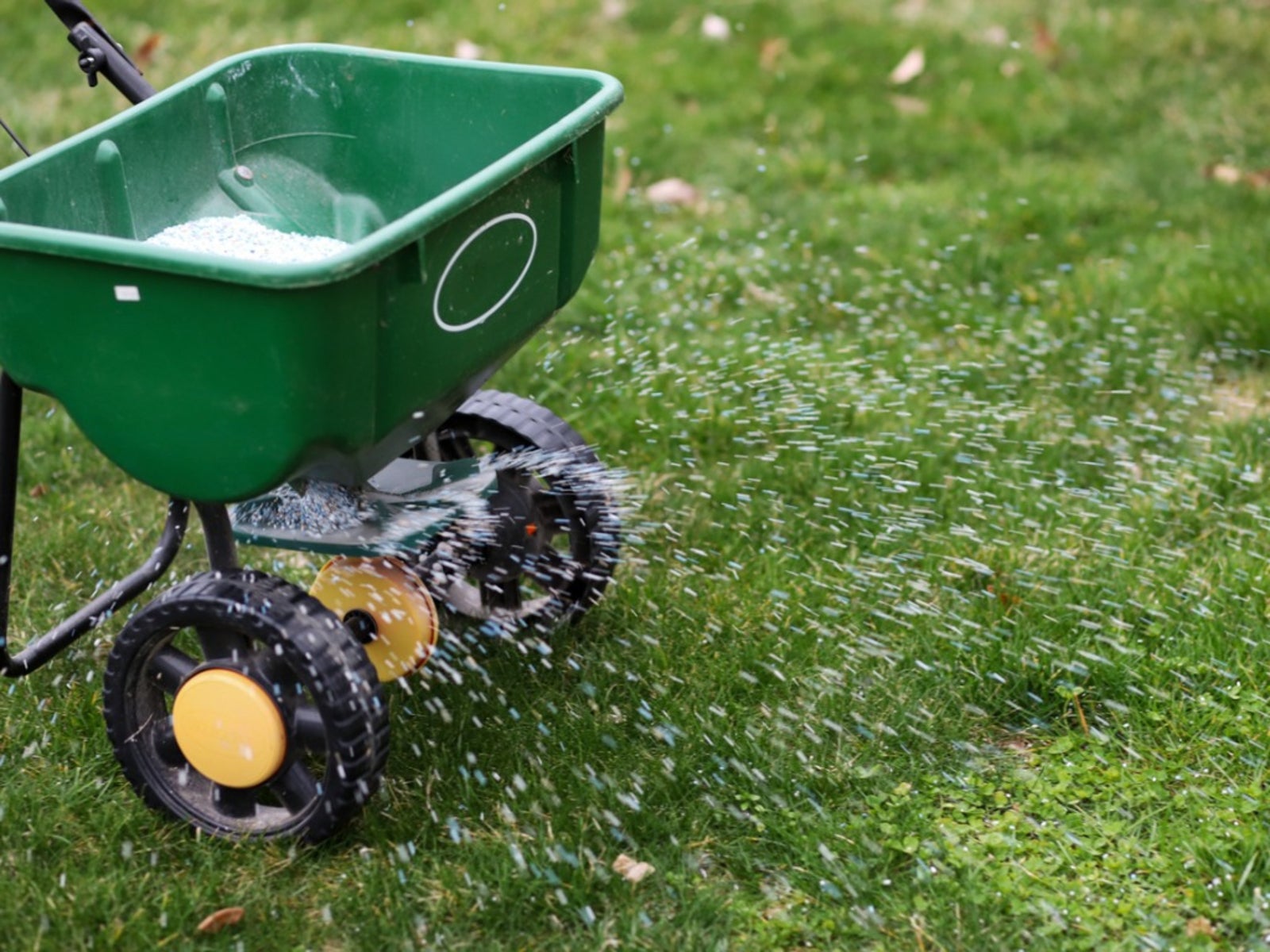



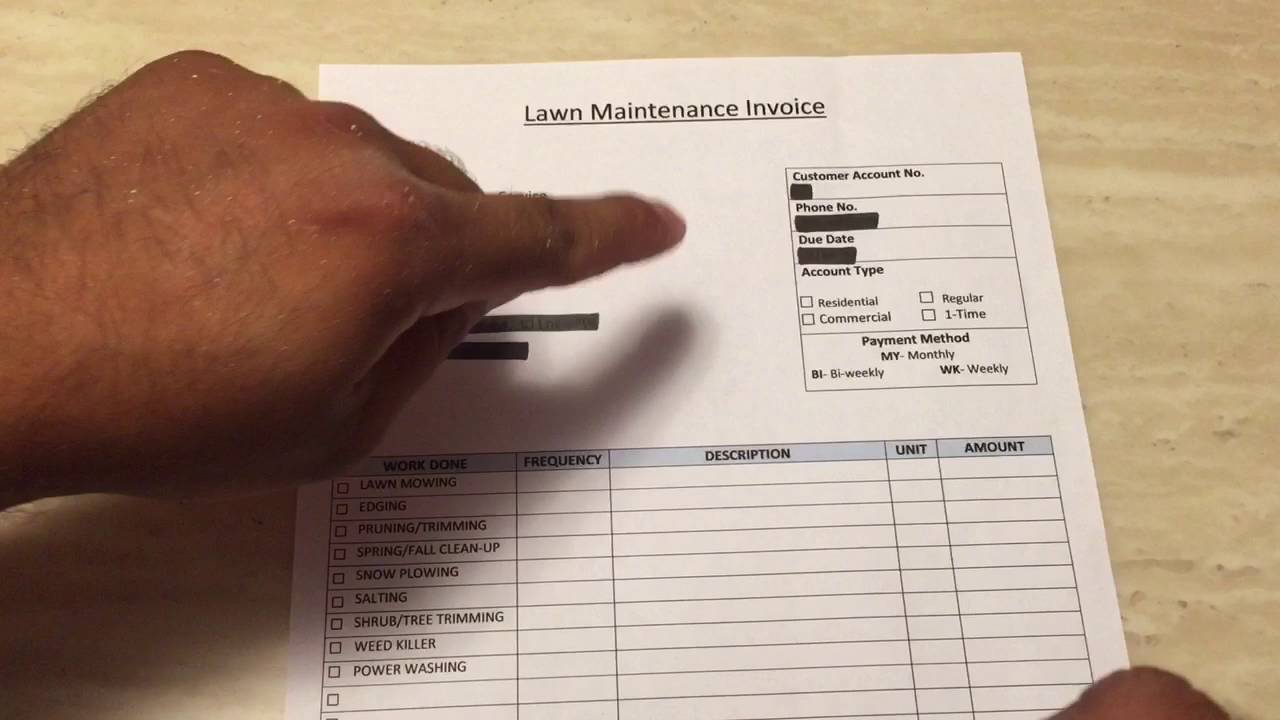



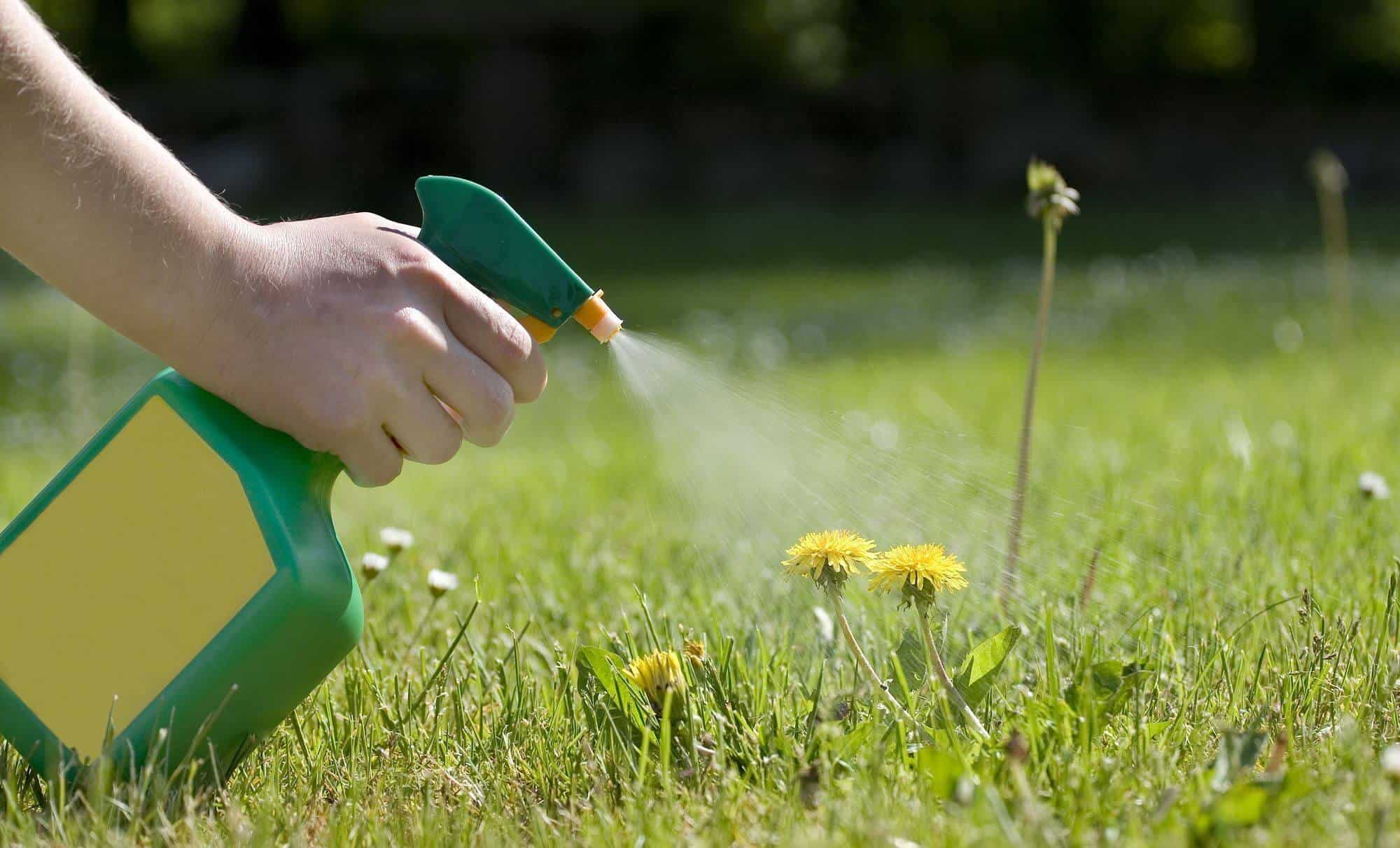


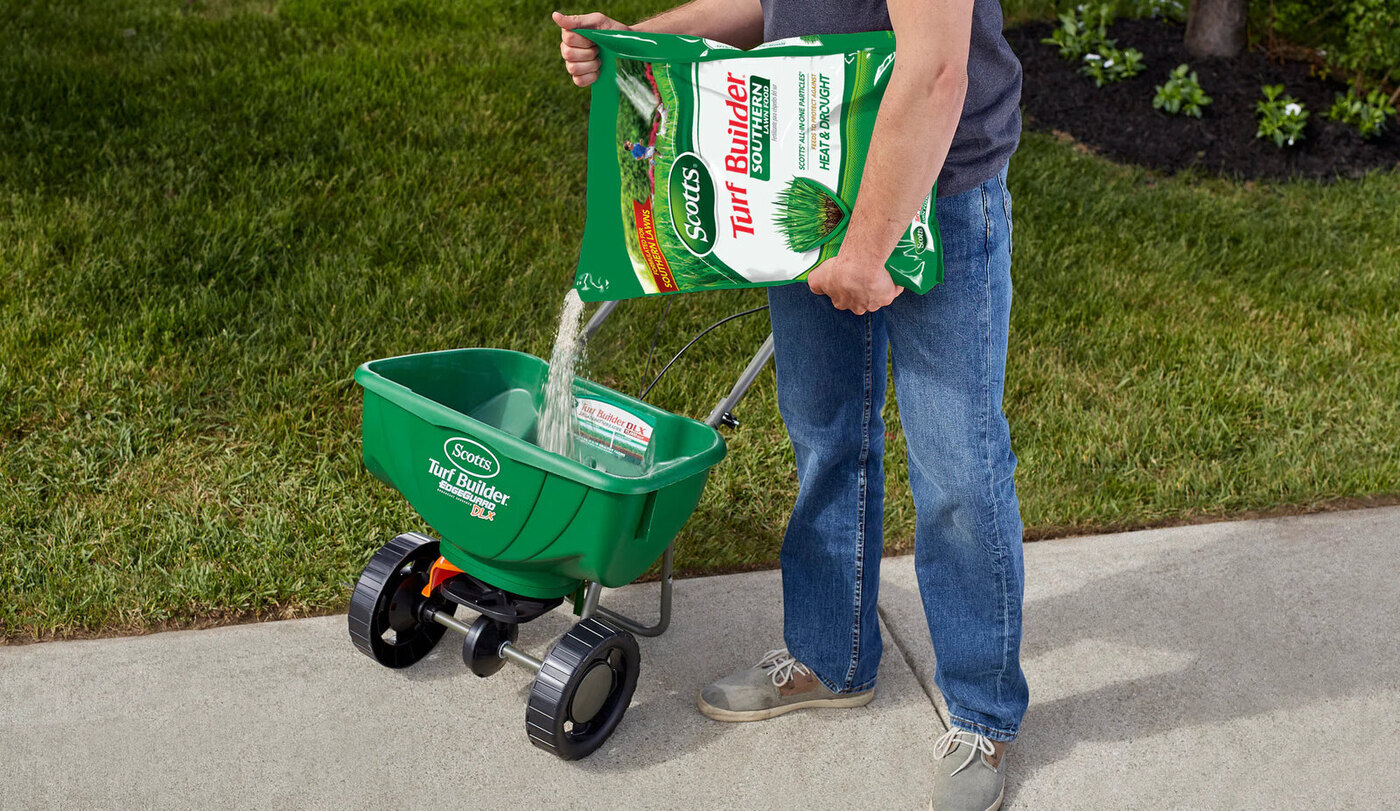
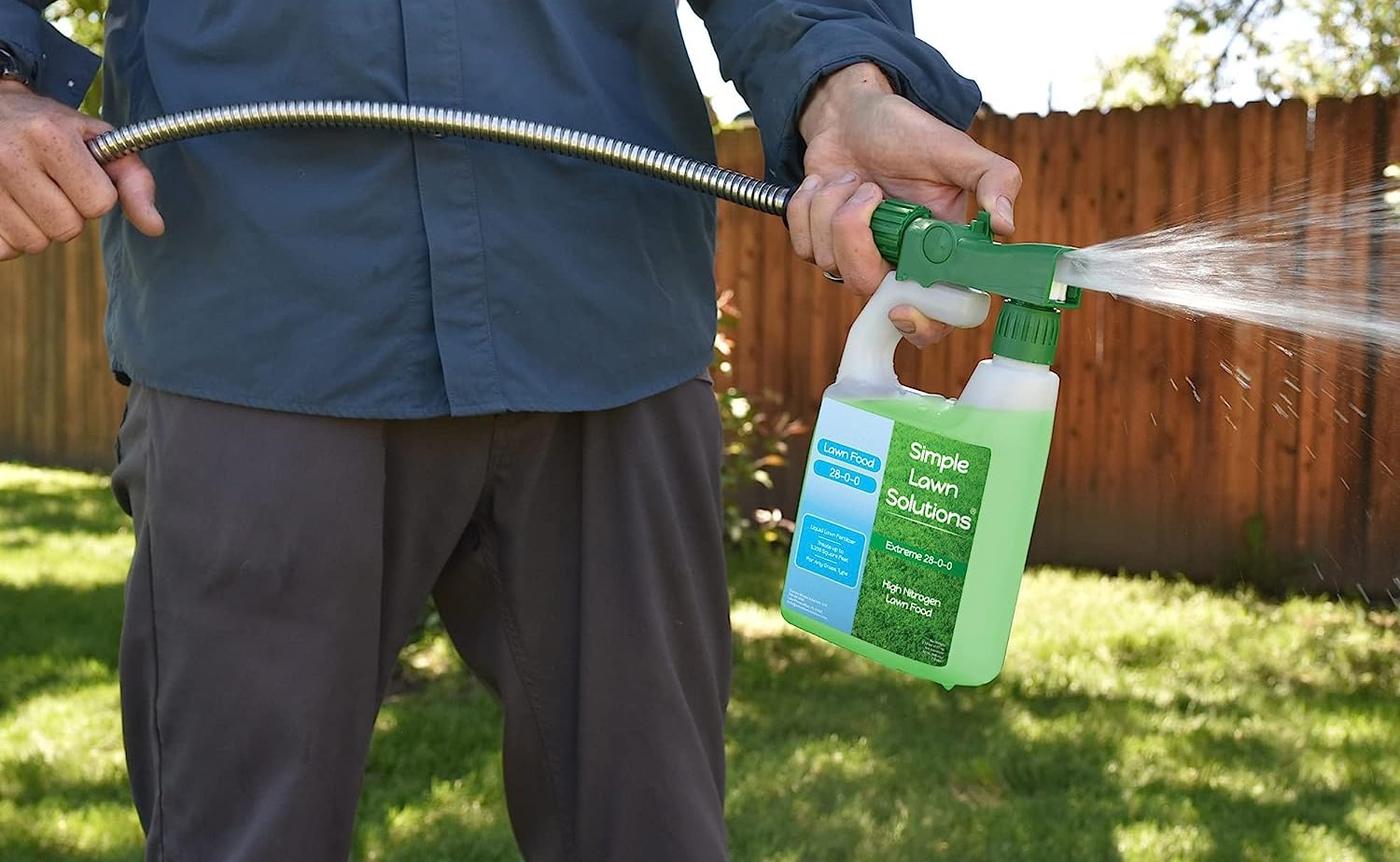

0 thoughts on “How To Make A Lawn Care Contract”